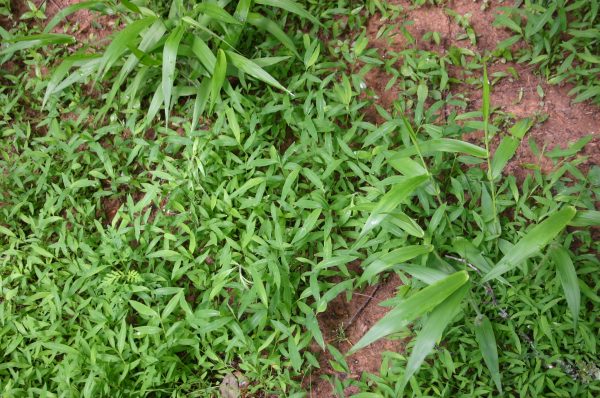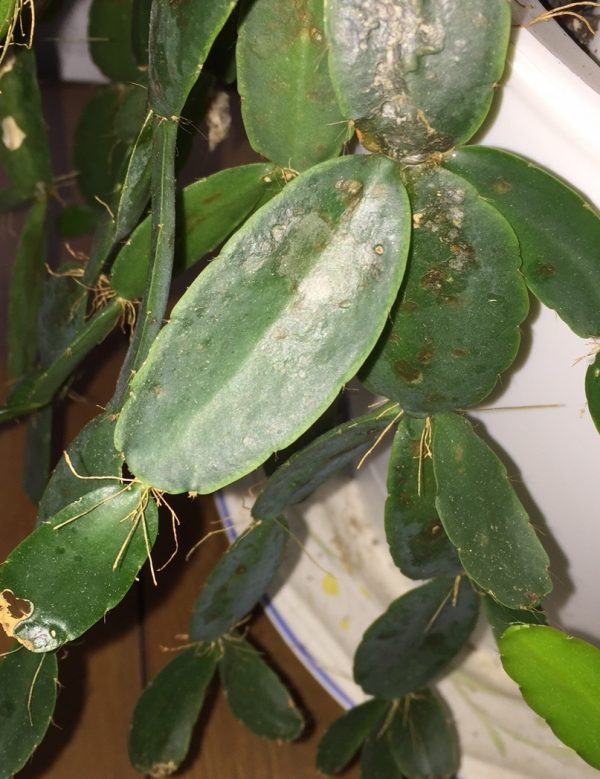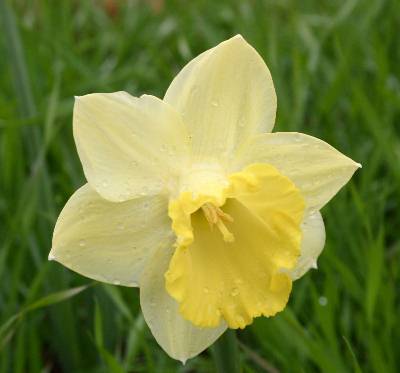Mycorrhizae – Effectiveness
Q: What do you think about adding mycorrhizae to the soil around a tree?
A: Mycorrhizae are fungi that associate themselves with the roots of plants. The association is beneficial for both: the fungi receive carbohydrates from the tree while the tree gets access to increased nutrients and water from the fungi.
There are hundreds of different mycorrhizal fungi. They associate themselves with different trees in different ways. While some research has shown a benefit from adding mycorrhizae to soil, the effects are not consistent.
Thus, you can’t expect mycorrhizae to be of benefit in every case.
This analysis by Dr. Jim Downer, Farm Advisor, University of California Extension shows some of the pitfalls of relying on mycorrhizae to make a tree healthier:
“Some of the most convincing products are those that have solid scientific basis for efficacy but no direct evidence that they work. A classical example is mycorrhizal inoculants for landscape trees.
“Although elegant research has shown the necessity of mycorrhizae for proper growth and development for many plants and tree species, it does not indicate that those organisms are necessarily lacking from most soils, or that the products used to add them to soil are viable. In a study of ten commercial mycorrhizae products, Corkidi et al.(2004), found that four of the ten failed to infect the bioassay plants and in a second trial, three of the ten products failed to infect.
“In a subsequent study, Corkidi et al (2005) found varying growth response in Liquidambar to four commercially available products and that one product failed to infect the trees, indicating that not all products perform the same on a given tree species
“Recent research by several groups showed no effect on inoculated landscape trees from commercially available mycorrhizal products. Enhanced survival of newly planted landscape plants and accelerated growth are claimed by many product manufacturers when Arbuscular Mycorrhizal fungi (AMF) are included in planting specifications. However, Carpio et al., 2003, found that high native AMF inoculum levels colonized all noninoculated plants. Thus, comparative field studies of inoculated and uninoculated plants are difficult.
Mature trees are also subjects for mycorrhizal inoculation. The purported benefits of revitalization, increased vigor and growth have not been substantiated in replicated third party research trials. Mature landscape trees (pin oak, Q. palustris) were not benefited by AMF inoculants unless fertilizer was contained in the mix.(Appleton, et al., 2003) .
Indeed many manufacturers of mycorrhizal inoculants add other ingredients to increase product efficacy. Various studies have found that effective growth promoting inoculants do not necessarily cause infection of the roots (Corkidi, et al., 2004, 2005,). Also, when infection does occur, growth is initially retarded in young plants. Sometimes a product claims great things because of the interactions of its ingredients. A combination of ingredients including mycorrhizal inoculants or cocktail will be the ticket to success.
Unfortunately, we cannot separate out the effects of the wetting agents the fertilizer or the biological component as the efficacious ingredient, if any of them are effective. One component of the cocktail could have stimulated growth, especially if there were nutrient deficiencies to start with. A simple all-purpose fertilizer could have achieved the same result at 1/10 the cost.
“There is a growing understanding that AMF populations are diverse and that different fungi inhabit different geographies. Stabler (2001) suggests that urbanization changes the composition of AMF populations in landscapes and that landscape irrigation may impede infection. Allen et al., (2005) have shown that various successional stages of forests have their own unique AMF populations that may be more or less stimulatory to replanted trees depending on their origin. Poor or non-existent urban soils are often used as the poster child for mycorrhizae applications. The supposition is that since the soils were removed (grading) or degraded by other home building activities, that mycorrhizae need to be replaced before plants will grow–but which mycorrhizae?
“Allen et al. (2005), indicate that mycorrhizae not native to a site may not function at that site because they are not adapted to grow there. This calls into question the use of “any old” mycorrhizal inoculant to stimulate tree growth.”














